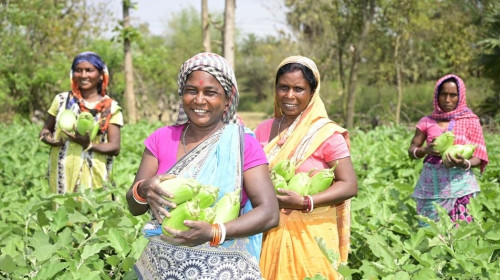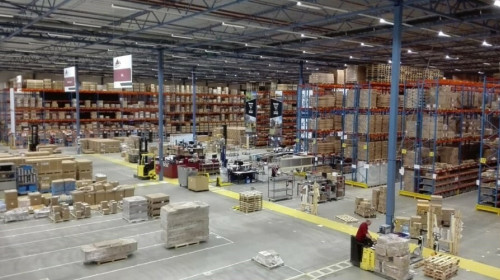Women on Wings, a non-profit NGO, created employment for women in rural India by using its network of financial experts to advise existing social enterprises on how to grow their businesses. Founded in 2007, its goal was to create one million jobs in 10 years. Co-founder Maria van der Heijden's premise behind the project was, "If you invest in women, you invest in the family. And that means society. If a woman has her own income, she spends it on the children, on education and food. With a job and an income, the whole family rises up."
The aims of emancipation and development were embedded in the organisation's operations and strategy. The problem was that time was running out. There were only nine years left to fulfil the SDG goals. The Covid-19 crisis only added to the pressure. Women on Wings needed to navigate this difficult time while speeding up job creation in rural India. This required getting more international funders and local social entrepreneurs on board. But how, in these turbulent economic times, could it convince investors to fund projects, many of which were long-term? How could it find like-minded social enterprises in rural India to work with and help these enterprises adapt in times of global crisis?
Learning objectives:
1. Explain the concept of ‘philanthropy trap’ in relation to business;
2. Analyse the inter-relationship between the SDGs mentioned in the case;
3. Discuss the importance of a viable business model for non-profit organisations;
4. Recommend solutions to the ‘valley of death’ problem that social enterprises often encounter.








